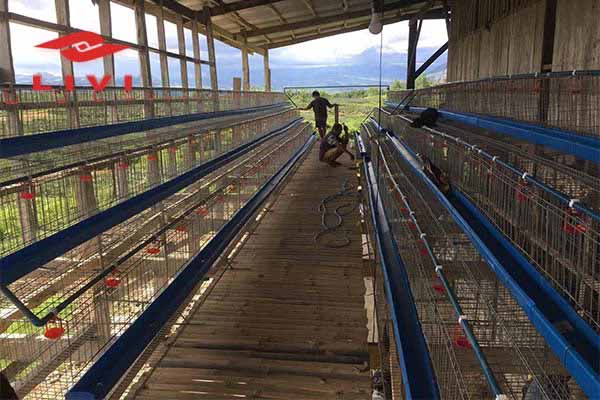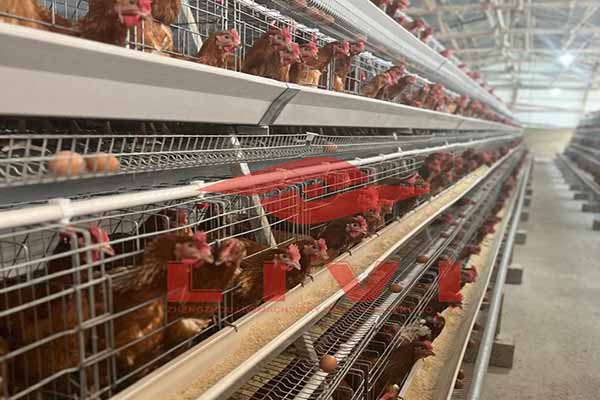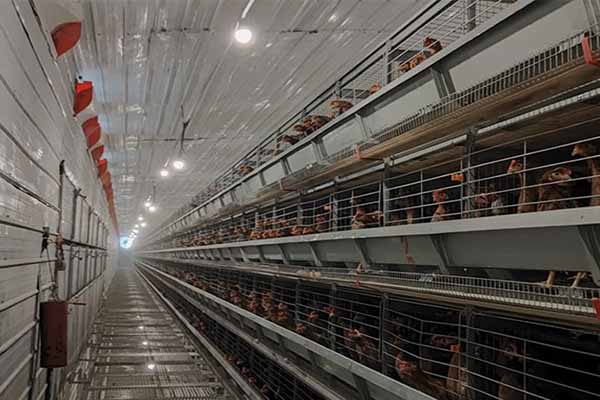Optimizing Your Chicken Cage Building Project for Efficiency and Profitability
Project Overview
A well-executed chicken cage building project is a cornerstone of a successful poultry farming operation. The design, materials, and layout of the cages can significantly impact the efficiency and profitability of your farm. This article outlines key considerations for building a chicken cage system that maximizes productivity and reduces costs.
- 1. Planning and Layout
- Space requirements per chicken
- Accessibility for feed and water distribution
- Room for expansion if your operation grows
Proper planning ensures that your cage building project aligns with your farm’s specific needs. Start by determining the number of chickens you will house and the layout of the farm. Consider the following:

Materials and Construction
The choice of materials and construction method will influence the durability and cost-effectiveness of your chicken cages.
- 1. Materials
- 2. Construction Methods
- Frame and Wire: A common construction method that provides good ventilation and ease of cleaning.
- Plastic Panels: Lightweight and easy to install, these panels offer insulation and protection against weather elements.
- Combination of Materials: Mix and match different materials to create a system that fits your specific needs.
Common materials for chicken cages include galvanized steel, high-density polyethylene (HDPE), and wood. Galvanized steel is durable and resistant to corrosion, making it a popular choice for many farmers. HDPE is lightweight and easy to clean, while wood is a more natural option but requires more maintenance.
Consider the following construction methods for your cages:
Health and Welfare
The health and welfare of your chickens are crucial for the success of your farm.
- 1. Air Quality
- 2. Comfort
Ensure your chicken cages provide adequate ventilation to maintain air quality. Poor air quality can lead to respiratory issues in chickens.
Chickens require a comfortable environment to thrive. Adjust the cage design to allow for proper lighting, temperature control, and shade.

Cost-Benefit Analysis
A well-planned chicken cage building project can provide a high return on investment. Consider the following factors when a nalyzing the costs and benefits:
nalyzing the costs and benefits:
- 1. Initial Investment
- 2. Operating Costs
- 3. Production Yield
Estimate the costs of materials, labor, and equipment.
Consider ongoing expenses such as maintenance, feed, and utilities.
Assess the potential increase in egg production or meat yield.
Conclusion
Investing in a well-designed chicken cage system can lead to increased productivity and profitability on your farm. By carefully considering the layout, materials, construction methods, and health and welfare of your chickens, you can create an efficient and effective chicken cage building project.
For more information on optimizing your chicken cage building project, please leave a comment below or contact us at LIVI Mechanical for a free chicken farm design and equipment quotation.




